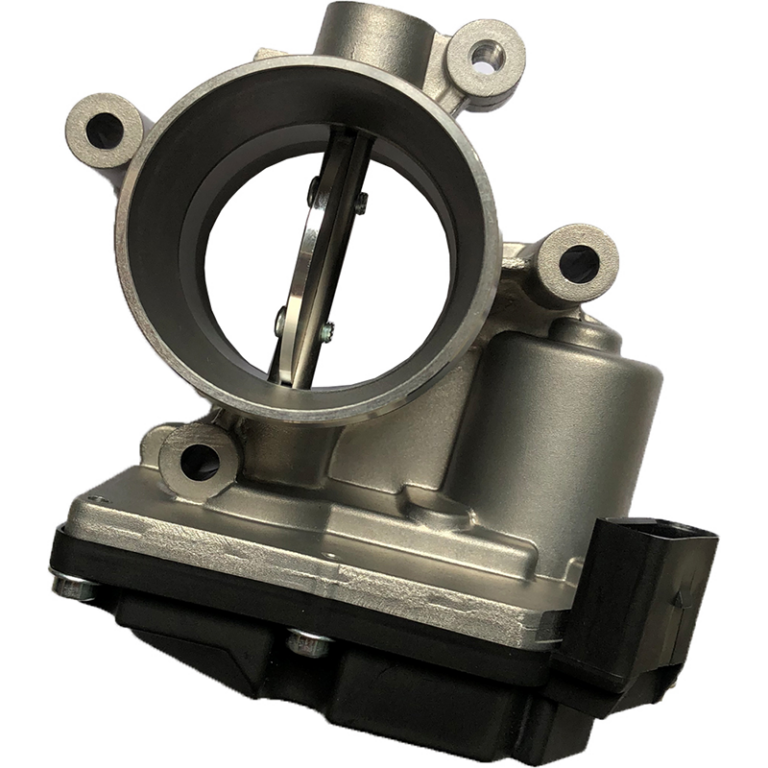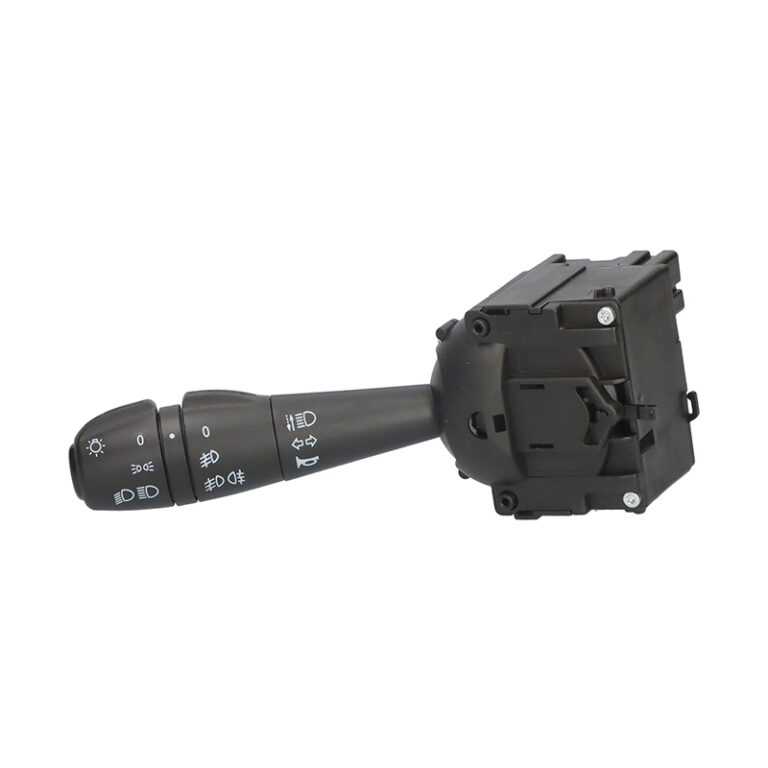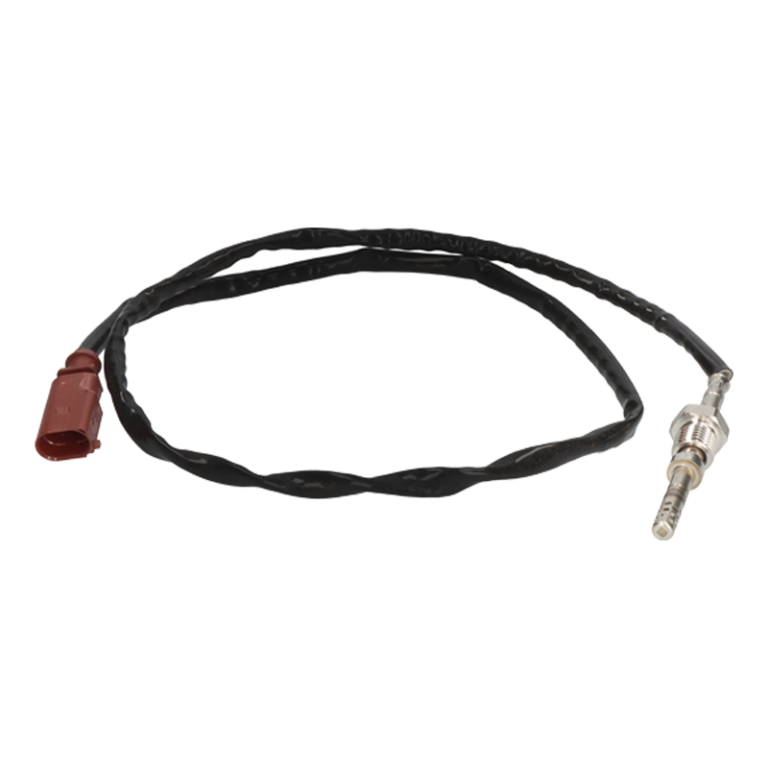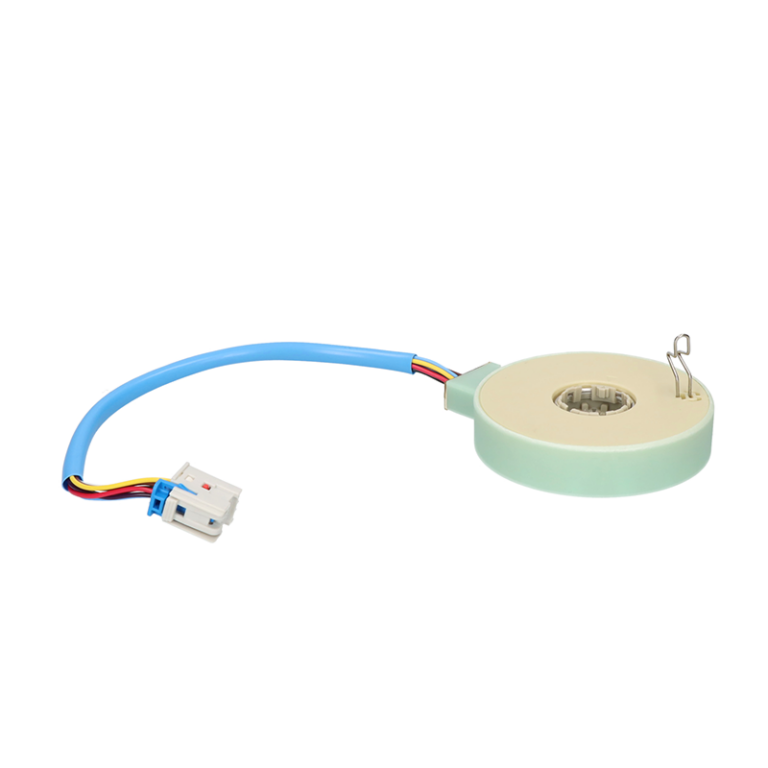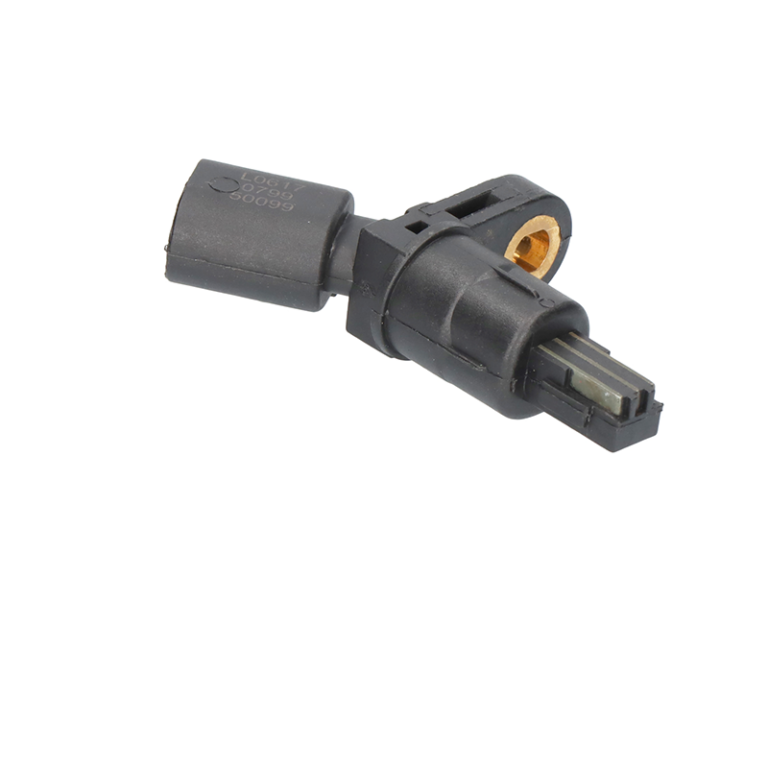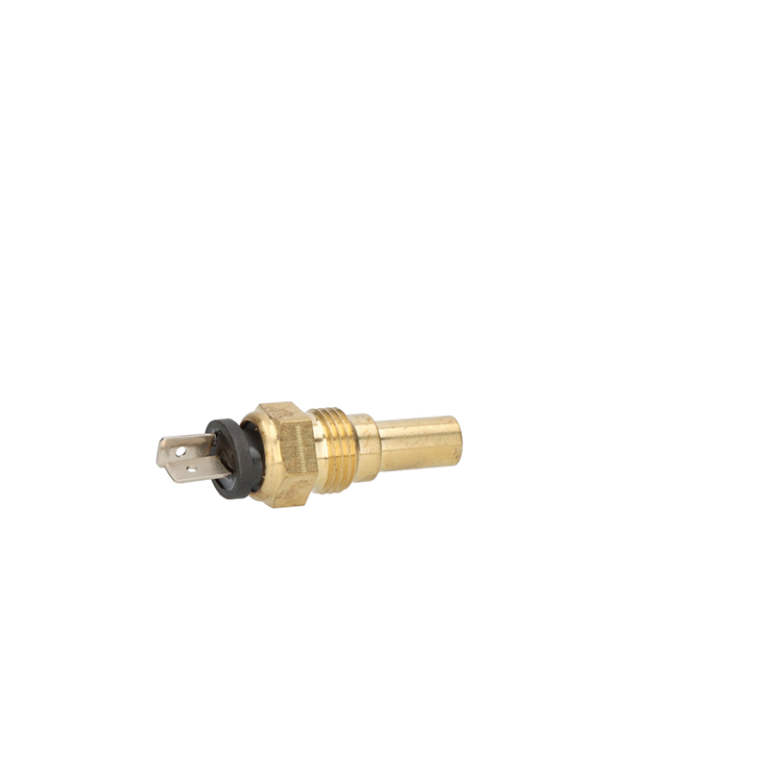Component responsible for controlling the amount of air that flows to the combustion chamber engine. The circulating airflow helps to regulate the fuel mixture required.
In the throttle body we find the TPS throttle position sensor, which indicates the position of the throttle
LOCATION
This component is located on the intake system, just in front of the manifold.
TYPES
We can find two types of throttle valve according to their actuation:
- Mechanical: They are operated though a mechanical cable connected to the accelerator pedal.
- Electronics: They are much more precise than the previous ones and are manipulated through a signal generated by the ECM. They can be checked by our Alfa HT1 Valve Checker. Currently all the throttle on the market are electronic types, there are still in circulation many vehicles that work with the mechanical typology.
POSSIBLES FAULT SYMPTOMS
The most common throttle body failure symptoms are:
- Loss of engine power.
- Jerks of the vehicle while driving
- Lack of response to the driver ’action on the gas pedal
- Unstable or non-existent idle
These fault symptoms can be caused by:
- Accumulation of soot, which disturbs the opening or closing movement of the valve.
- Electrical fault in the signal transmission or fault in the sensors responsible for opening.
- Fault in the throttle motor itself.
HT1 VALVE TESTER
The HT1 valve tester is a tool designed by our engineers and is unique in the market. It checks the proper functioning of EGR and throttle valves with electric actuation. Once the valve is connected, the HT1 initiates openings and closings at different speeds, recording and comparing the position signals with the OEM reference signal. The screen displays whether the operation is correct or incorrect, measuring control parameters and actuation speed across the entire range.
For more information, visit the HT1 Valve Tester section on our website.

